Archaeological Institute of America
Deadline: September 15, 2025
Digital technologies are driving important changes in archaeology. Despite the increasing acceptance of digital technology in daily life, however, determining how to assess digital scholarship has proved difficult: many universities remain unsure about how to evaluate digital work alongside more traditional forms of print publication when faced with tenure and promotion decisions. Recognizing the value of digital scholarship, and aiming to encourage its practice, the AIA offers this award to honor projects, groups, and individuals that deploy digital technology in innovative ways in the realms of excavation, research, teaching, publishing, or outreach.
Archaeological Institute of America
2000 Commonwealth Ave.
Ste 415
Auburndale, MA 02466
Nominations of projects and individuals are welcome. Nominations may be made by anyone, including the project director or the principal members of the team responsible for the digital creation. Nominations of collaborative projects are encouraged. At least one member of the leadership team, or any individual nominee, must be a member in good standing of the AIA. Please submit the AIA membership number(s) with the nomination.
Because the field of digital archaeology is still nascent and the application of digital technologies to archaeology is in constant flux, the committee reserves the right to modify this award as the field evolves. Furthermore, the committee also reserves the right not give the award if no deserving project is nominated.
The committee will review nominations and make a decision by October. This decision then needs to be approved by the AIA’s Governing Board. In November, AIA Staff will contact all nominators regarding the status of their nomination. The winner will be celebrated at the Awards Ceremony in January.
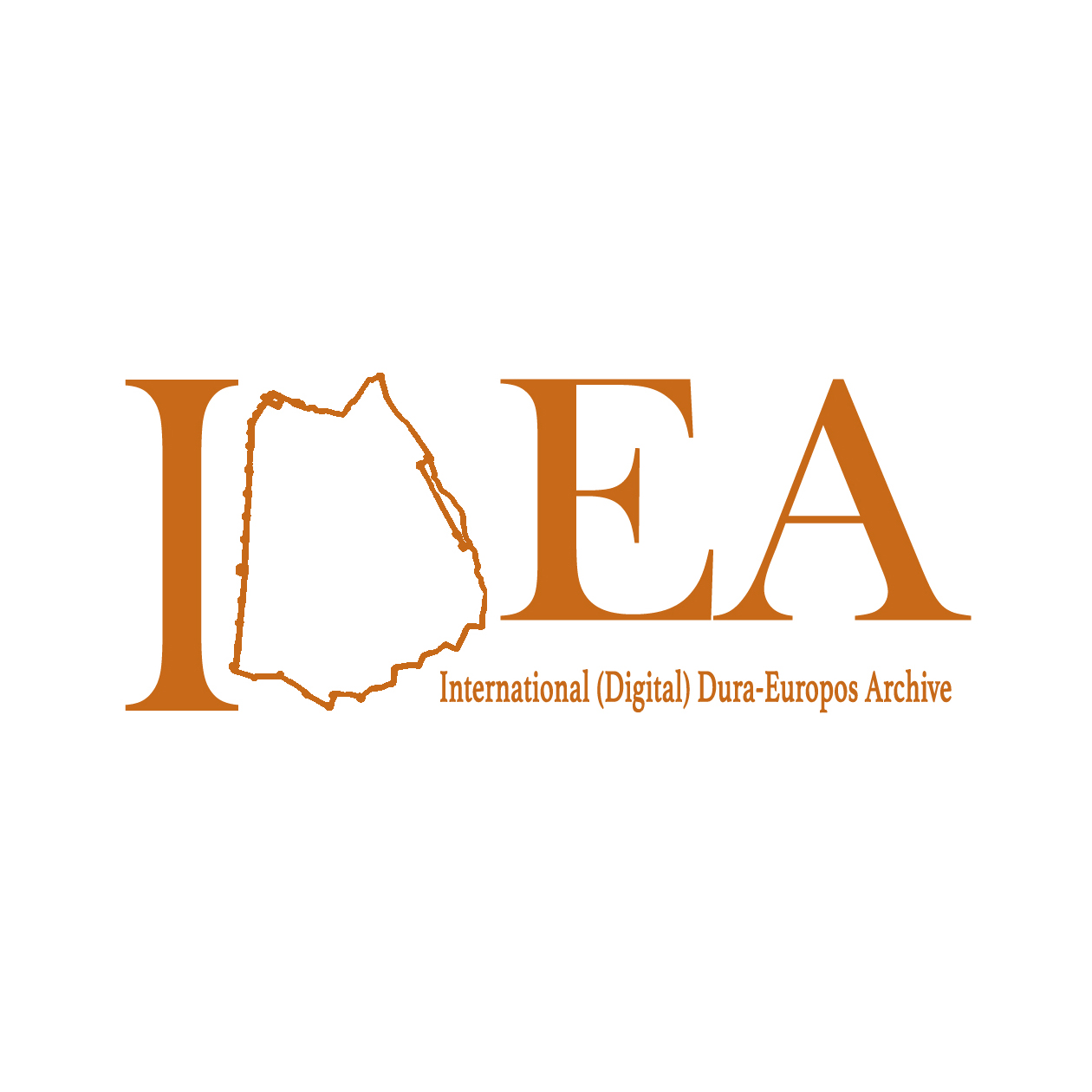
2025
The Archaeological Institute of America is pleased to present the 2025 Award for Outstanding Work in Digital Archaeology to the project “International Digital Dura-Europos Archive (IDEA).” IDEA uses Linked Open Data methodologies to virtually reassemble and improve the accessibility of digital archival content related to the archaeological site of Dura-Europos in Syria. The project is creating the first globally accessible, multilingual, interinstitutional register of content related to the site in order to address the fragmentation of contextually related collections, siloed disciplinary expertise, and long-standing access inequities resulting from early excavations.
This register, housing approximately 25,000 records, takes the form of a Linked Open Data dataset curated through interdisciplinary collaboration and engagement with Syrian communities. The methods developed by the project use digital tools to work around issues of community displacement, inability to travel, and language barriers that have historically complicated community engagement efforts related to regions suffering conflict or crisis. Importantly, by championing the concept of “nanopublications,” IDEA is contributing to larger conversations in the field about how to more ethically and transparently credit the paid and unpaid labor of the many individuals engaging in archaeological work in the field and in archives.
IDEA’s commitment to creating an accessible and user-friendly web application in English and Arabic that provides dynamic access to the site’s rich history illustrates a dedication to bridging knowledge gaps and enhancing educational opportunities. The project’s approach fosters inclusivity by inviting participants from diverse backgrounds, particularly Syrian heritage professionals, to contribute actively to the curation of content, ensuring a richer and more equitable representation of history. Ultimately, IDEA sets a standard for ethical practices in heritage management, making it a vital contribution to the fields of archaeology, cultural studies, and digital humanities.

2024
The Archaeological Institute of America is pleased to present the 2024 Award for Outstanding Work in Digital Archaeology to the project A Cemetery and Quarry from Imperial Gabii.
Since 2009, the Gabii Project, an international archaeological initiative led by Nicola Terrenato and the University of Michigan, has been investigating the ancient Latin town of Gabii, which was both a neighbor of, and a rival to, Rome in the first millennium BC. A Cemetery and Quarry from Imperial Gabii edited by Dr. Laura M. Banducci and Ms. Anna Gallone, is a hybrid volume that explores the close but sometimes tense relationship between where people lived, worked, traded, and buried their dead, highlighting how the distinction between spaces of the living and spaces of the dead was not so clear-cut.
This second publication of the Gabii Project represents another innovative step in the dissemination of modern archaeological data. The book is structured in a “layered” format, with a descriptive narrative; phasing, features, and their interpretation; and stratigraphy and technical reports. An interactive 3D model, based on photogrammetric models produced at the time of excavation, is linked throughout the text by individual stratigraphic unit numbers and archaeological features. Crucially, the book is both open access and linked to the openly accessible Gabii database, reaching the largest possible audience, and housing the complete data collected during the excavations.
The interactive section that complements the narrative text includes 3D models, descriptions, and links to the online database. This is where A Cemetery and Quarry from Imperial Gabii is making innovative strides in digital archaeology. Users can freely access the 3D model of the site and explore details about each stratigraphic unit, including links to related stratigraphic units, photos, various types of finds, and interpretative descriptions of the human activities associated with each unit. From the 3D model, readers can also link back to where the context they are exploring is mentioned in the text and view the narrative text and the 3D model side by side for parallel exploration.
Digital and hybrid publishing in archaeology is an area of active experimentation and innovation. The Gabii Project is making courageous and groundbreaking efforts in this area, exploring and testing out new approaches to effectively communicate complex information by linking narrative text to 3D models and other digital components that cannot be accommodated by conventional publication. The innovative approach should be an inspiration to other projects to explore new ways to disseminate and integrate their project’s data and interpretations. For these reasons, the Archaeological Institute of America is proud to present the 2024 Award for Outstanding Work in Digital Archaeology to A Cemetery and Quarry from Imperial Gabii.
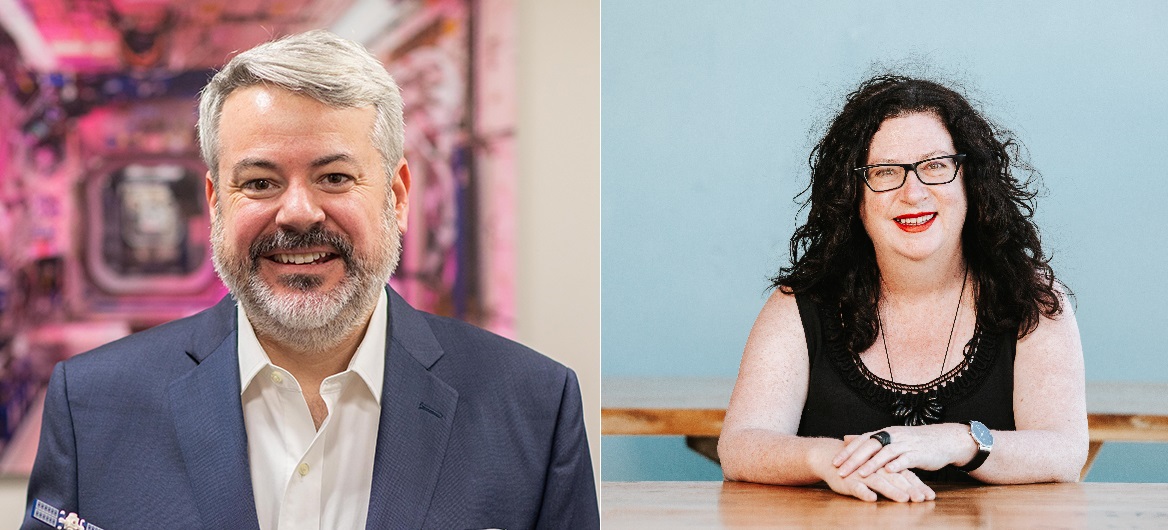
2023
Accepted by Justin Walsh and Alice Gorman
The Archaeological Institute of America is pleased to present the 2023 Award for Outstanding Work in Digital Archaeology to Dr. Justin Walsh and Dr. Alice Gorman for their project International Space Station Archaeological Project.
The International Space Station Archaeological Project (https://issarchaeology.org/) is the first full-scale investigation of the material culture of a human habitat in space, focusing on the crew of the International Space Station as a “microsociety in a miniworld” (ISS website). Started in 2015, the project has developed innovative approaches that leverage digital tools and processes to document the International Space Station as an archaeological site, especially the use of both historic and directed photography to capture relationships between people, places, and things over time. The project also seeks to innovate methods for applying archaeological study to new environments; in this case, it is outer space, but it can also be applied to other contexts that are dangerous or difficult for archaeologists to visit, such as polar research stations, ships or submarines, or high-altitude mountain peaks. From January to March 2022, the team conducted the first archaeological experiment in space, working in collaboration with ISS astronauts to collect data that will be used to train a machine learning algorithm to automatically label objects in historic imagery.
This is a highly innovative contemporary archaeology project that pushes the boundaries of the discipline by expanding archaeology into an entirely new context. The project communicates effectively to diverse audiences in appropriate formats, from social media and popular news outlets to peer-reviewed publications. It has huge public interest, with over 3,100 followers on Twitter, making archaeology (and archaeology in space!) accessible and relevant. It also leads us to question what constitutes archaeological data, material culture, and primary sources in the contemporary world. Finally, the unique setting of the project is forcing innovation in ways that may have application for other projects and disciplines. For their efforts in exploring the frontiers of the discipline (“Boldly going where no archaeologists have gone before,” as they state on their website) and for their exemplary public engagement, we are delighted to give to the International Space Station Archaeological Project the 2023 AIA Outstanding Work in Digital Archaeology Award.
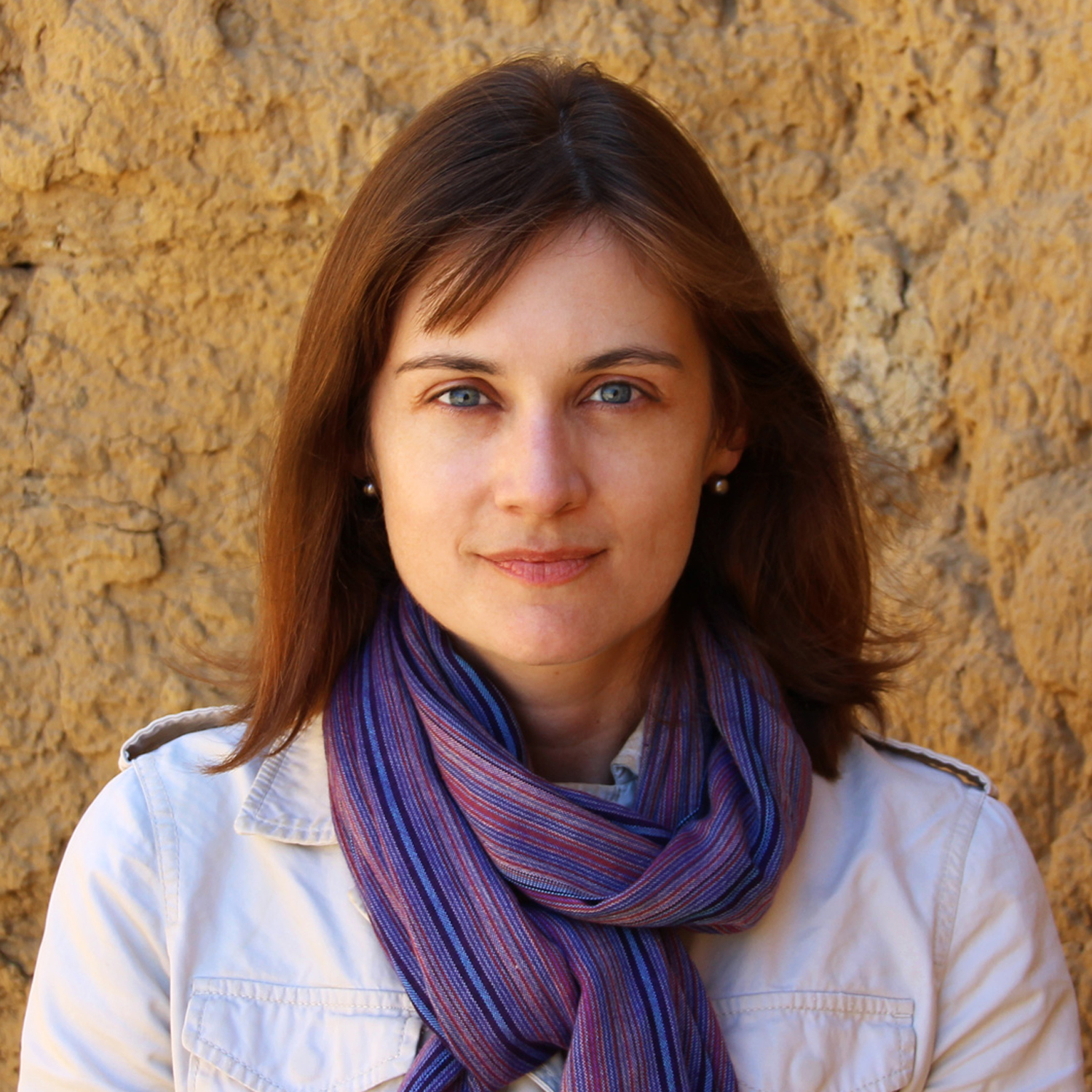
2022
Accepted by Elaine A. Sullivan
The Archaeological Institute of America is pleased to present the 2022 Award for Outstanding Work in Digital Archaeology to Dr. Elaine A. Sullivan for the project Constructing the Sacred: Visibility and Ritual Landscape at the Egyptian Necropolis of Saqqara (project website: https://constructingthesacred.org/).
Constructing the Sacred: Visibility and Ritual Landscape at the Egyptian Necropolis of Saqqara, demonstrates how monograph publications can take advantage of digital media in a way that would not be nearly as effective in print. Rather than standing as supplements to Dr. Sullivan’s argument, the interactive maps and 3D models are integrated and necessary components of that argument. Archaeology as a discipline still has very few models for how to assess digital projects, and the publication of this work by Stanford University Press goes a long way toward beginning to normalize born-digital scholarship.
The technologies used in the project are robust and sustainable. Good digital work does not have to be custom-built from scratch, and the fact that Dr. Sullivan chose a ready-to-use platform means that she was able to focus her efforts on the argument and its clear communication. Furthermore, Dr. Sullivan goes beyond the research questions addressed by the project to show readers how she did the work and to provide access to all the well-documented source data. This allows readers to move from passive viewing to active engagement with the models and underlying data and to see the implementation of good practices in data description.
Constructing the Sacred: Visibility and Ritual Landscape at the Egyptian Necropolis of Saqqara demonstrates new ways of integrating digital materials and monograph publication, pushing the boundaries of what scholarship can be in a digital space. It is most deserving of the AIA’s 2022 Outstanding Work in Digital Archaeology Award.
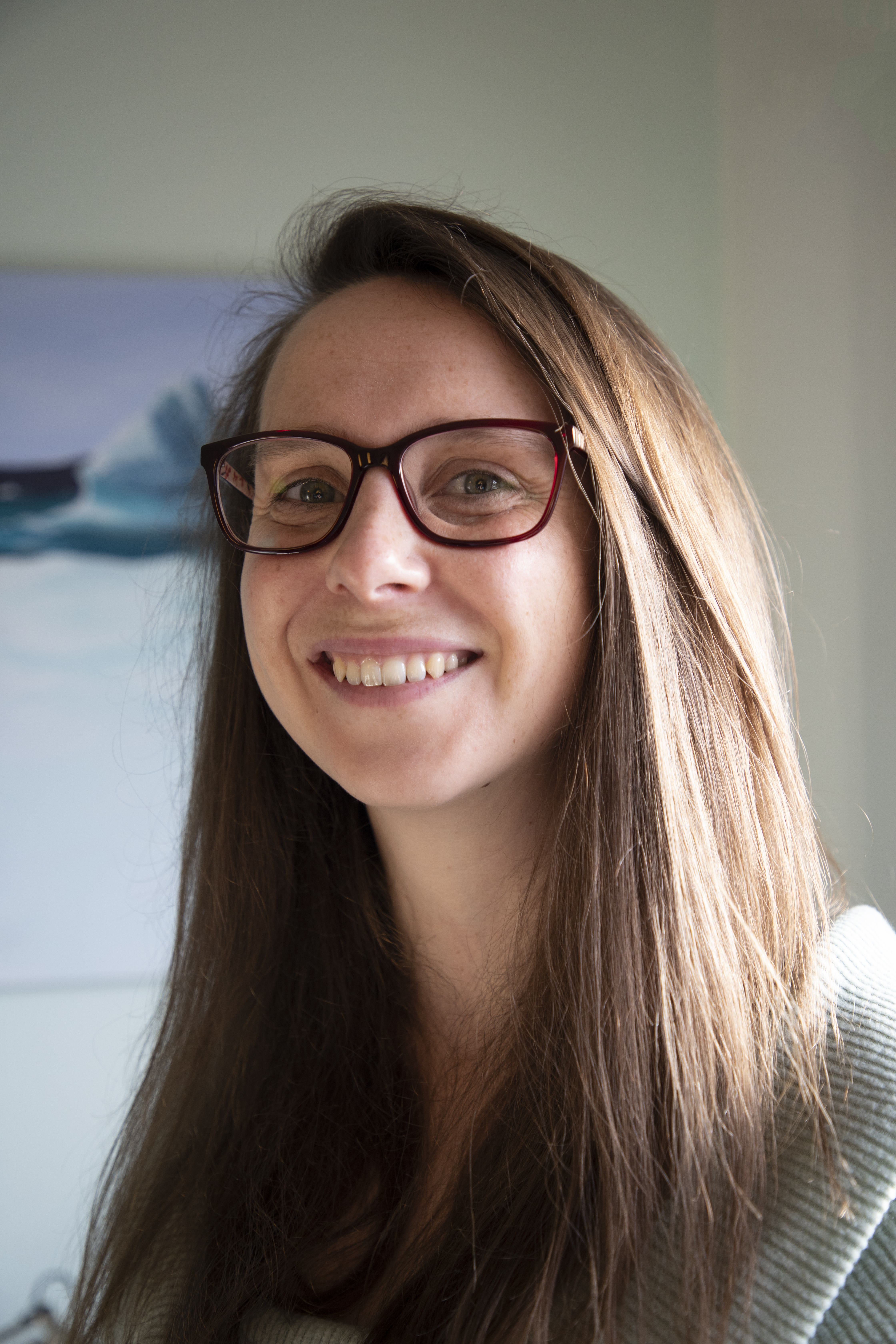
2021
Accepted by Alice Watterson
The Archaeological Institute of America is pleased to present the 2021 Award for Outstanding Work in Digital Archaeology to the project “Nunalleq: Stories from the Village of Our Ancestors” (project website: http://www.seriousanimation.com/nunalleq/).
“Nunalleq: Stories from the Village of Our Ancestors” is a free, interactive, educational resource that tells the story of the archaeological excavations of a pre-contact Yup’ik sod house in Quinhagak, Alaska. This project is unlike any that we have awarded in the past. Not only is educational outreach the focus—something at the heart of the AIA’s mission—but the project was co-designed by the local Native community in Quinhagak and archaeologists from the University of Aberdeen and University of Dundee. The project presents archaeological evidence together with traditional Yup’ik knowledge and storytelling, highlighting the diverse ways people connect with the past. Excavation data is combined with Yup’ik storytelling, dance, art, and shared experiences across generations, and presented in a hands-on interface shaped in collaboration with the local community. The digital format allows objects to be brought out of a sterile, museum setting and into a living culture. Spoken word is privileged over written text to underscore the value of Elder knowledge in the Yup’ik culture.
This project embodies the strengths of what archaeology can do and the committee sees it as a model for the future of our discipline. For the collaboration with the Yup’ik people of all generations, the willingness to highlight diverse narratives and approaches to the past through innovative and accessible content, and the commitment to educating future generations, “Nunalleq: Stories from the Village of Our Ancestors” is most deserving of the AIA’s 2021 Outstanding Work in Digital Archaeology Award.
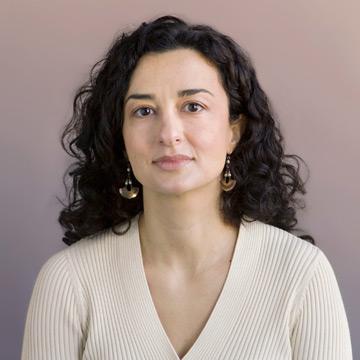
2020
Accepted by Anastasia Dakouri-Hild
The Archaeological Institute of America is pleased to present the 2020 Award for Outstanding Work in Digital Archaeology to The Flowerdew Hundred: Exploring a Cultural Landscape Through Archaeology project (https://flowerdewhundred.org/).
“Flowerdew Hundred: Exploring a Cultural Landscape Through Archaeology” is a newly launched resource through the University of Virginia that harnesses a local archaeological assemblage to simulate archaeological fieldwork in an online environment. The project focuses on the site of Flowerdew, east of Hopewell, VA, and in particular on the “Stone House” excavation material, which is housed in the Alderman Library at UVA. This collaborative, open-source project involved three years of digitizing descriptive data, artifacts, maps, and diaries, in addition to conducting new research on this collection, including the creation of a new digital image archive for the finds, an artifact database, Harris matrices, a new 2D site plan, and an interactive 3D model. This extensive work was collaborative, involving undergraduate and graduate students, historical archaeologists, and staff from the Flowerdew Hundred Collection at Alderman Library and was funded by a Learning Technology Incubator grant from UVA. The final product is hosted on a WordPress website that contextualizes the site, provides new information on the phases beyond the Colonial period, and encourages both archaeology students and the general public to explore the complex cultural landscape of early Virginia. This dynamic educational resource enhances research on Flowerdew while also enabling hands-on, immersive learning. It helps elucidate archaeological concepts, while at the same time it explores the stories of the complex past of the site that involved Native Americans, Africans, and Europeans.
For its leveraging of digital scholarship, simulation, and hands-on, active lab learning to provide a top-quality educational resource, The Flowerdew Hundred is a most deserving recipient of the 2020 Outstanding Work in Digital Archaeology Award.
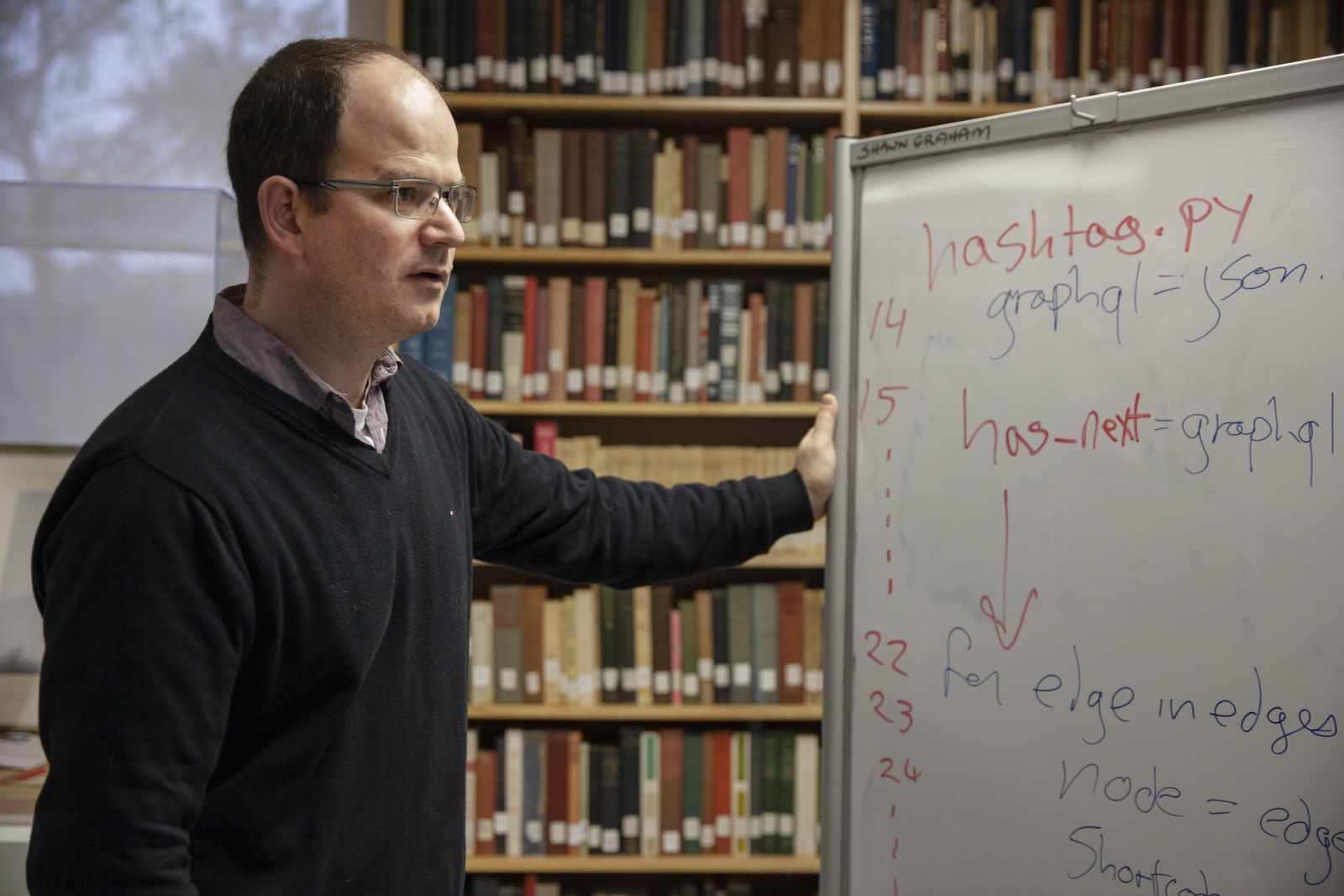
2019
Accepted by Shawn Graham
The Archaeological Institute of America is pleased to present the 2019 Award for Outstanding Work in Digital Archaeology to The Open Digital Archaeology Textbook Environment.
The Open Digital Archaeology Textbook Environment (ODATE) supports the development of an innovative open-access, integrated digital laboratory, and e-textbook project. ODATE itself is an open-source environment (http://o-date.github.io) that brings together collections of interactive live-coding notebooks written in Python or R and provides reusable, replicable, and reproducible datasets and coding spaces for learning digital methods in archaeology. These notebooks are integrated with an open-sourced textbook that can be remixed into coursepacks. ODATE develops the skills that allow for and encourages the creation, use, and re-use of digital archaeological data in meaningful ways that enrich our knowledge of past societies. This pedagogical resource is a first for our discipline and will be an invaluable resource for students at all levels, from high school to graduate school. Such resources are increasingly in demand as the price of textbooks escalates, intellectual expertise in open content can be hard to find, and clear, trustworthy, and reusable code is not always available.
For its impact as a unique pedagogical resource, its usability and accessibility, and for its encouragement to develop innovative digital methods and techniques, The Open Digital Archaeology Textbook Environment is a most deserving recipient of the 2019 Award for Outstanding Work in Digital Archaeology.
Notifications